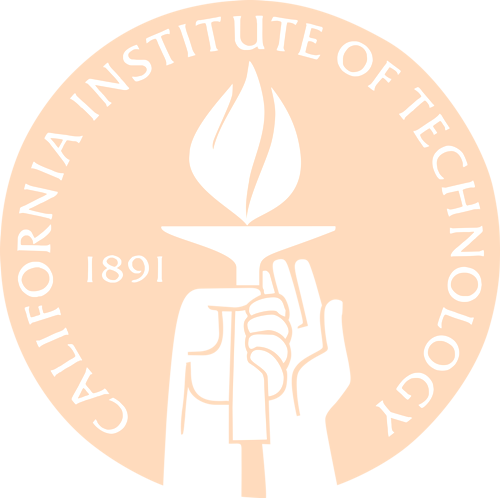Team:Caltech/References
From 2010.igem.org
|
People
|
References2. Rehm, B.H. & Steinbuchel, A. PHA Synthases: The Key Enzymes of PHA Synthesis. (2002). 3. Bassas, M., Marques, A.M. & Manresa, A. Study of the Crosslinking Reaction (natural and UV induced) in polyunsaturated PHA from linseed oil. Biochemical Engineering Journal 40, 275-283 (2008). 4. Cox, R.S., Surette, M.G. & Elowitz, M.B. Programming gene expression with combinatorial promoters. Mol Syst Biol 3 (2007). 5. Dias, J.M. et al. Metabolic modelling of polyhydroxyalkanoate copolymers production by mixed microbial cultures. BMC Syst Biol 2, 59 (2008). 6. Gardner, T.S., Cantor, C.R. & Collins, J.J. Construction of a genetic toggle switch in Escherichia coli. Nature 403, 339-342 (2000). 7. Hazer, B. et al. Free radical crosslinking of unsaturated bacterial polyesters obtained from soybean oily acids. Polymer Bulletin 46, 389-394 (2001). 8. Hiraishi, T. et al. Atomic Force Microscopic Observation of in Vitro Polymerized Poly[(R)-3-hydroxybutyrate]: Insight into Possible Mechanism of Granule Formation. Biomacromolecules 6, 2671-2677 (2005). 9. Kahar, P. et al. Effective production and kinetic characterization of ultra-high-molecular-weight poly[(R)-3-hydroxybutyrate] in recombinant Escherichia coli. Polymer Degradation and Stability 87, 161-169 (2005). 10. Lee, S.Y. Bacterial polyhydroxyalkanoates. Biotechnology and Bioengineering 49, 1-14 (1996). 11. Leighton, T.J. An RNA Polymerase Mutation Causing Temperature-Sensitive Sporulation in Bacillis subtilis. Proc Natl Acad Sci USA 70, 1179-1184 (1973). 12. Levskaya, A. et al. Synthetic biology: Engineering Escherichia coli to see light. Nature 438, 441-442 (2005). 13. Levskaya, A., Weiner, O.D., Lim, W.A. & Voigt, C.A. Spatiotemporal control of cell signalling using a light-switchable protein interaction. Nature 461, 997-1001 (2009). 14. Middelberg, A.P.J., Lee, S.Y., Martin, J., Williams, D.R.G. & Chang, H.N. Size Analysis of Poly(3-Hydroxybutyric Acid) Granules Produced in Recombinant Escherichia-Coli. Biotechnol Lett 17, 205-210 (1995). 15. Ojumu, T.V., Yu, J. & Solomon, B.O. African Journal of Biotechnology. 3, 18-24 (2004). 16. Olivera, E.R. et al. Genetically engineered Pseudomonas: a factory of new bioplastics with broad applications. Environ Microbiol 3, 612-618 (2001). 17. Pastine, S., Okawa, D., Zettl, A. & Frechet, J. Chemicals on Demand with Phototriggerable Microcapsules. J Am Chem Soc 131, 13586-13587 (2009). 18. Poirier, Y., Nawrath, C. & Somerville, C. Production of polyhydroxyalkanoates, a family of biodegradable plastics and elastomers, in bacteria and plants. Biotechnology (N Y) 13, 142-150 (1995). 19. Prieto, M.A. From oil to bioplastics, a dream come true? J Bacteriol 189, 289-290 (2007). 20. Singh, M., Patel, S.K. & Kalia, V.C. Bacillus subtilis as potential producer for polyhydroxyalkanoates. Microb Cell Fact 8, 38 (2009). 21. White, S.R. et al. Autonomic healing of polymer composites. Nature 409, 794-797 (2001). 22. Yang, T.H. et al. Biosynthesis of polylactic acid and its copolymers using evolved propionate CoA transferase and PHA synthase. Biotechnol Bioeng 105, 150-160 (2010).
|
 "
"
